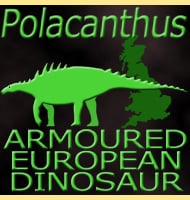Mesosuchus
In Depth Though the name means ‘crocodile’, Mesosuchus was actually one of the rhynchosaurs, a distinct group of archosaurs noted for having a herbivorous diet. Mesosuchus seems to be one of the more primitive forms with later relatives showing distinctly more developed adaptations for their lifestyles. Further Reading - Mesosuchus browni, gen. et spe. Nov. … Read more

